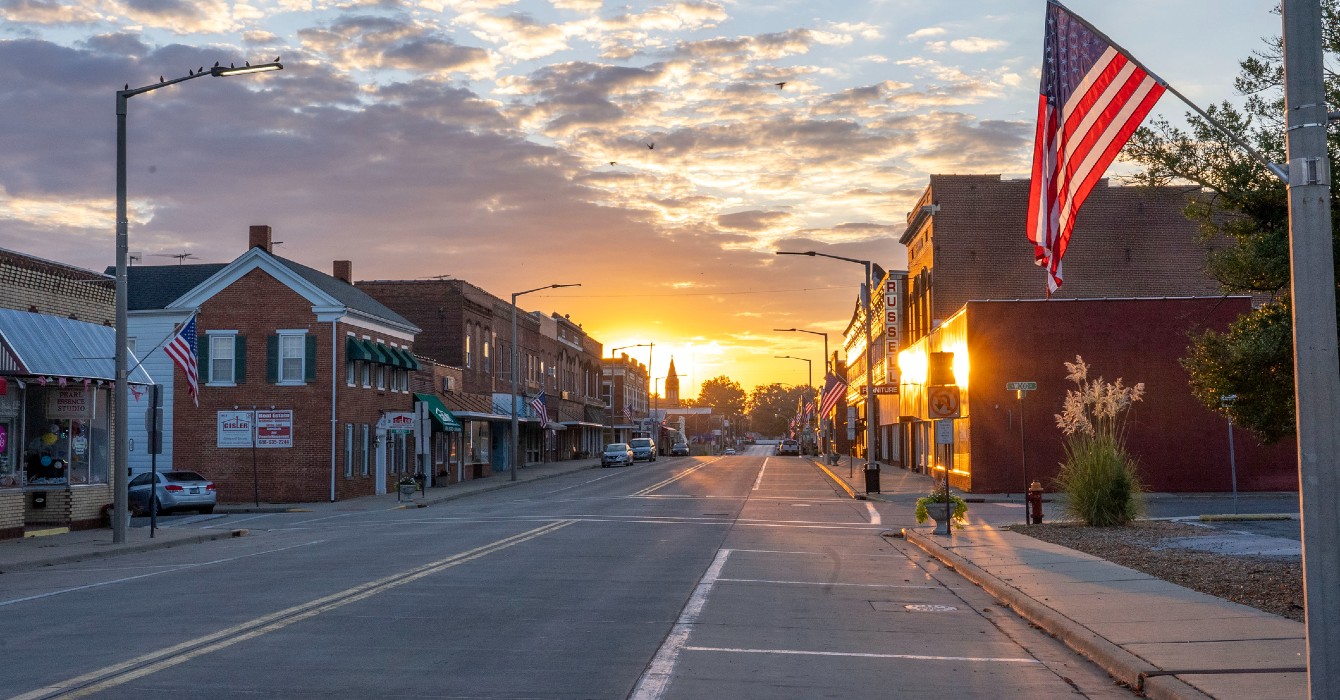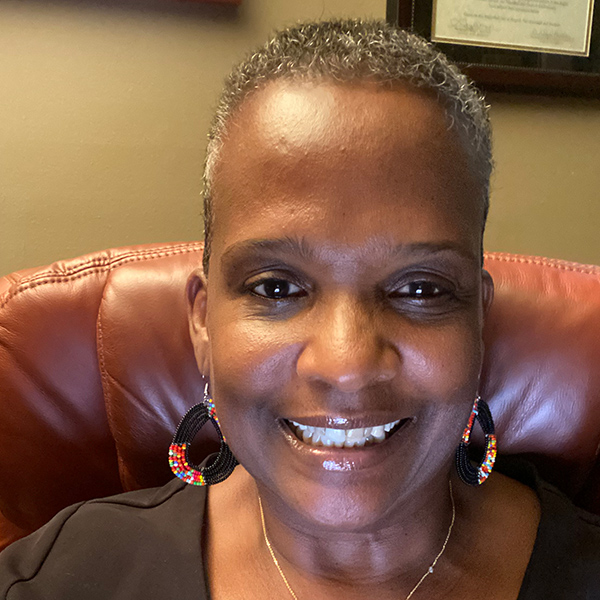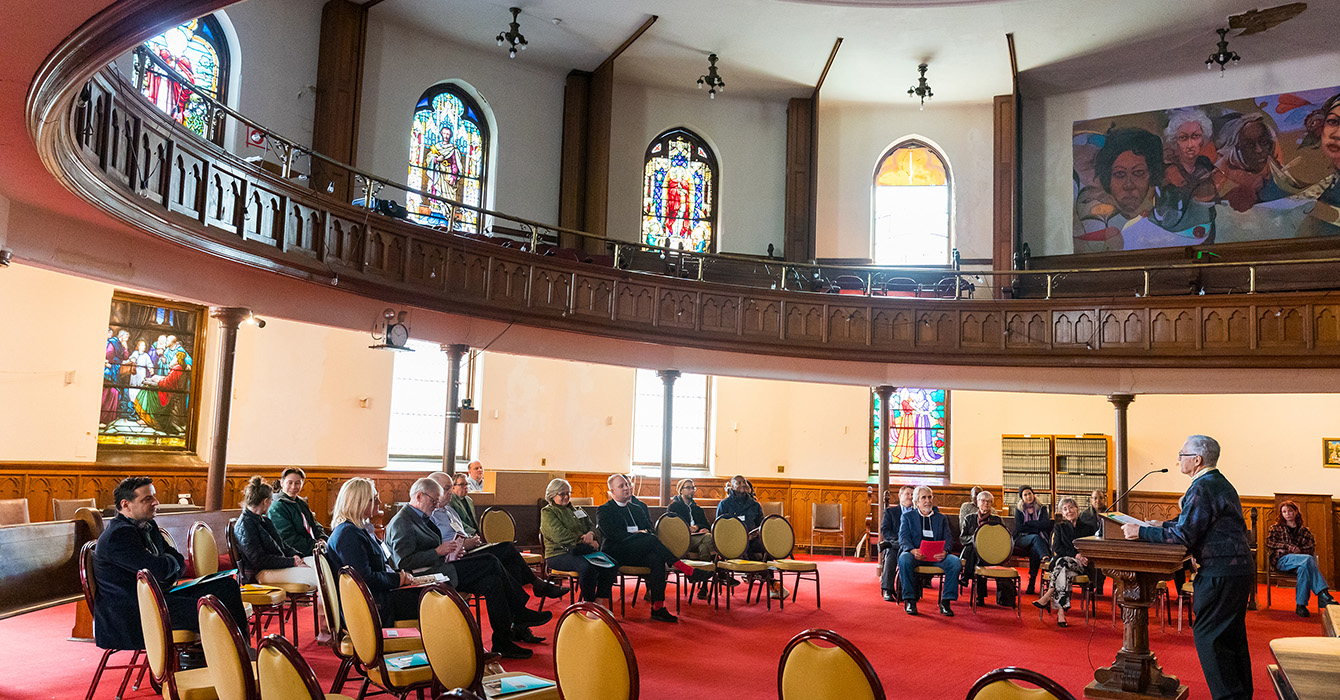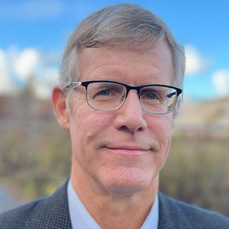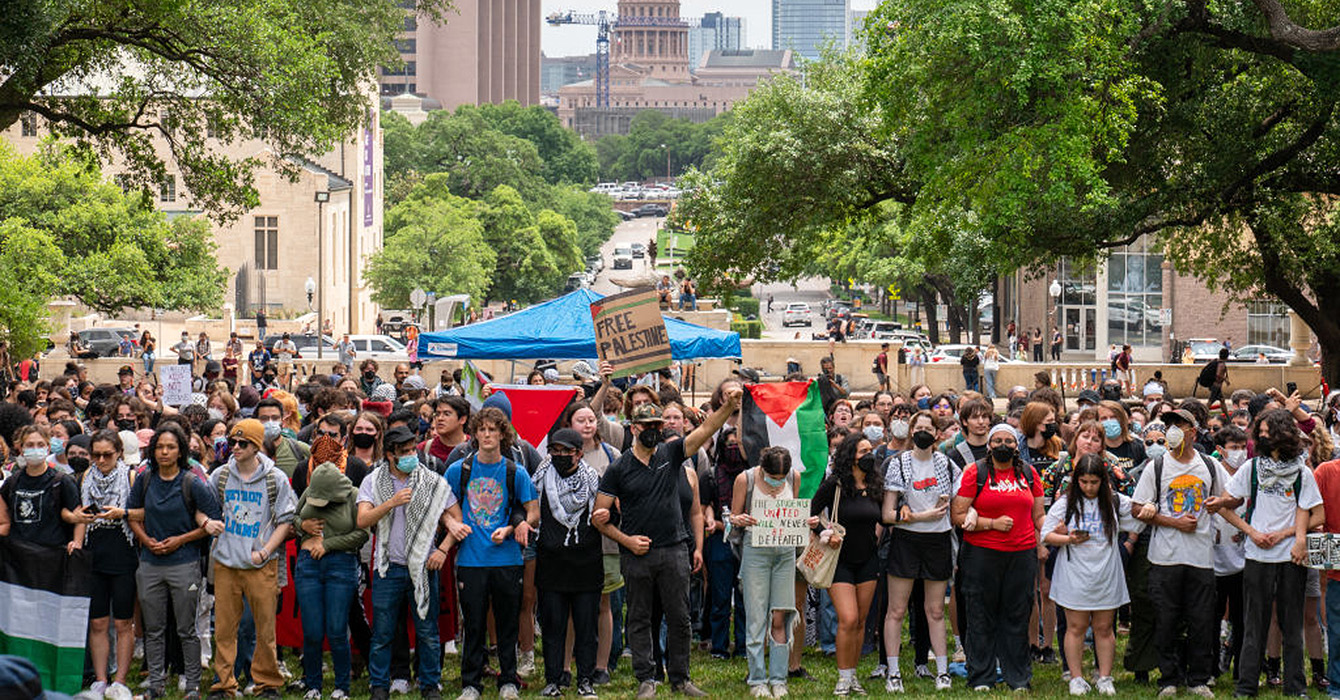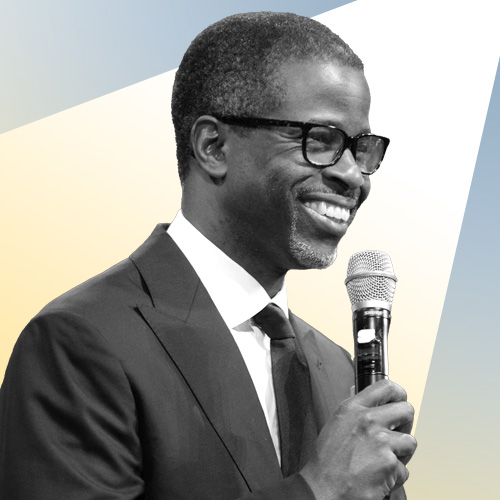Anyone who follows youth and faith in the United States knows that churches are concerned about their young people, many of whom are leaving church and faith behind. In the face of this challenge, an always-vital question is taking on new importance: how do we pass down our faith to the next generation?
Across New York City, more than 2,000 immigrant churches from Africa, Asia, Latin America and the West Indies are facing similar questions around the transmission of faith. Their faith survived the journey to America, but will it continue in the next generation and beyond?
In the Next Generation Project, a research initiative at City Seminary of New York funded by Lilly Endowment Inc., the Nagel Institute and others, we have sought to understand what is taking place on the ground -- the questions, successes and challenges immigrant churches experience in passing on and receiving faith. This new church reality in New York may well be a window into the future of faith in North America.
Our research in immigrant congregations throughout the city has shown us a vibrant church life engaging young people in a living faith, an experience of God. Across traditions and types, we have found churches seeking to instill in their youth a sense of seriousness around Christian belief and practice, vocation and discipleship.
We still have much that we are trying to explore and understand, but here are some of the key lessons and practices we have identified thus far.
First, thriving immigrant churches recognize the importance of being an intergenerational community.
Rather than segregating youth from adults, immigrant churches honor the importance of the role of parents and the extended family, especially grandparents, for youth. For example, at St. Luke’s Episcopal Church in the Bronx, which serves a predominantly West Indian and Jamaican community, children and youth learn to worship and embrace their faith in the context of the larger congregation; all stay together through the whole worship service.
At the same time, the older generation of adults at St. Luke’s provides a constant, active presence and support to the youth, a safe space in what can be a challenging world. As a result, these churches play a major role in the lives and spiritual formation of their young people.
Second, parents matter, but so does everything else in the life of a church.
We saw this dynamic perhaps most vividly embodied at the Oversea Chinese Mission (OCM) in Manhattan, founded in 1961 and one of the oldest and largest Chinese churches in the New York area. Over the years, a significant number of young people from the church have gone into ministry, whether as church planters, missionaries and pastors or as lay professionals living out their faith in the world.
At OCM, the role of parents living out their faith and holding to the gospel has been a vital witness for young people and a significant factor in shaping their vocational choices. But our research has shown that youth pastors, short-term mission trips, Bible studies, music and fellowship groups have also played critical roles in their Christian formation.
Third, young people are seen, not simply as the future of the church, but as the present life and leadership of the church.
The more that children and young people are involved in the full range of church life, the more likely they will be to stay invested in their faith and community. For example, every time we visited Damascus Christian Church, a Latino Pentecostal church in the Hunts Point neighborhood of the South Bronx, we were struck -- indeed, moved -- by the degree to which young people are a part of the church.
At Damascus, young people play a key and ongoing role in church life from their earliest years. They lead worship, play instruments, participate in plays and liturgical dance, and share in prayers for healing.
Damascus shows us how youth ministry can be part of the fabric of a church’s common life, not a task delegated to one person in a paid position. Effective youth ministry draws on every person and every gift.
Fourth, the transmission of the gospel to the next generation involves both honoring a church’s history and adapting its ways to a new time.
Language and culture, leadership and worship are key issues in the transmission of faith. We saw several churches successfully balancing culture and history while making room for new and creative approaches to church life.
The First Church of God, an Indian Pentecostal church bordering Queens with members from throughout the metropolitan region, encouraged its young people to birth a new vision for ministry. A group of young adults from the church began the Community Worship Service, a church within the church intended for the second generation and the surrounding community.
Similarly, in Brooklyn, a parish of the Redeemed Christian Church of God, a global Nigerian Pentecostal ministry, decided to reach out to the next generation in a fresh way. They sent a group of young people to begin a new parish, Desire of Nations, which meets in Manhattan near the historic Flatiron District.
They recruited a young professional as the pastor, rented space in a college auditorium, put together a multicultural worship team, and then proceeded to reach beyond their Nigerian friends to a range of college students and professionals. Recognizing that Manhattan is different from Brooklyn, they offer concerts and other activities to introduce people to the church.
Both experiments are working. Guided by a passion for the next generation, creative ministry honors the past and tries new directions.
Broader lessons
As we considered these four practices together, broader lessons began to emerge. One of the most important is that the transmission of faith continues to happen in the faithful continuation of the rhythms and life of the church and parish. It takes place through the practice of core theological beliefs and commitments, whatever the tradition.
One place we saw these rhythms and practices was St. Jerome’s, a largely Latino Catholic parish in the Mott Haven neighborhood of the South Bronx. During the past year, the midmorning mass was filled with over 400 children and young people coming for confirmation class.
On Confirmation Sunday last June, St. Jerome’s overflowed with young people and their families, rejoicing in this next step in their journey of faith across lands. God had traveled with them. What happens next in the shaping and forming of young people at St. Jerome’s involves many factors, but parishioners are committed to working with the vision and resources God has given them.
All of us face the challenge of becoming a church of generations, one that is youthful in life and joyful in mission. As we respond to the challenge, we open our faith to the future, trusting in the ways that God claims us all, from generation to generation.





